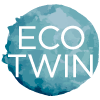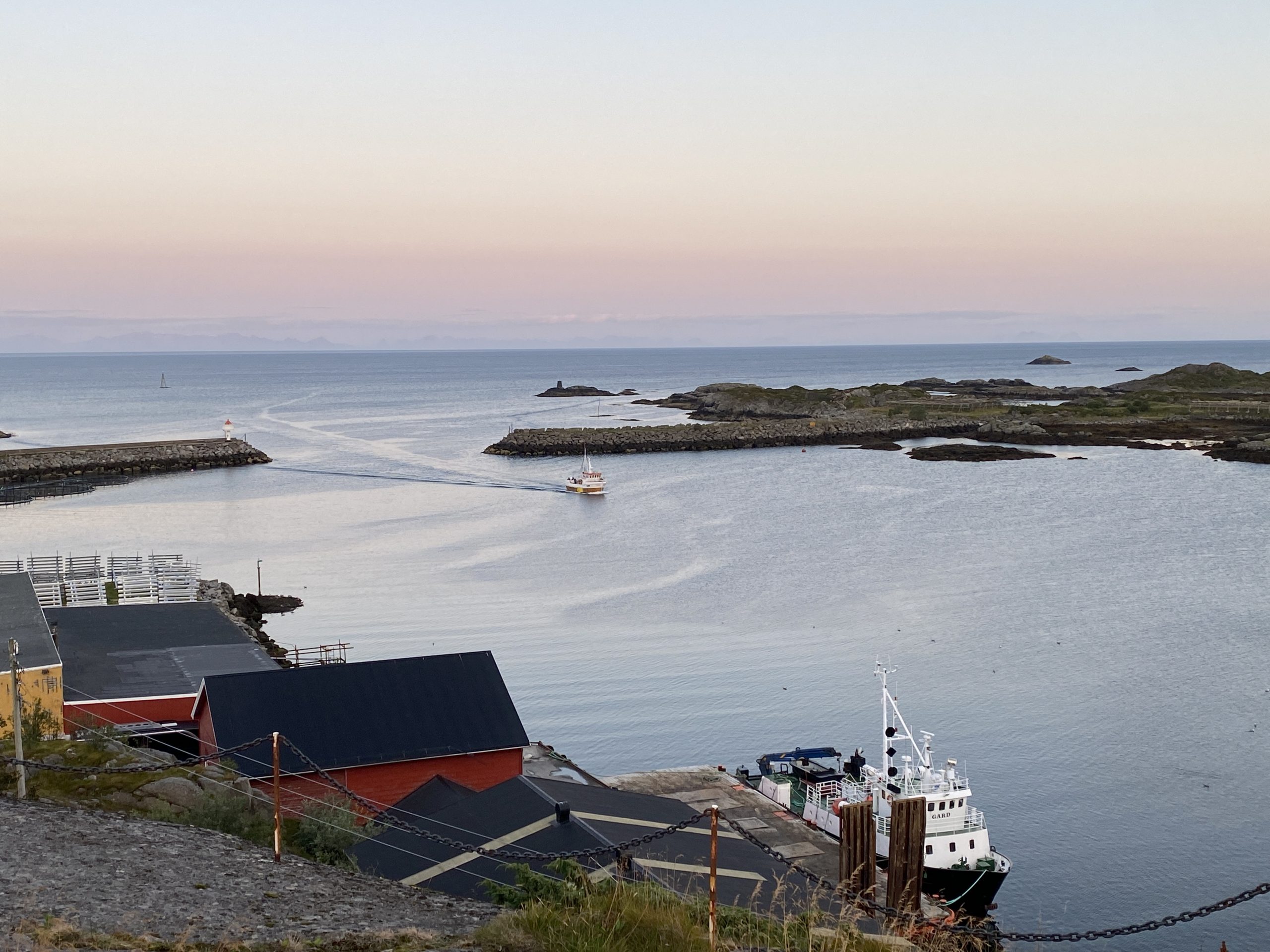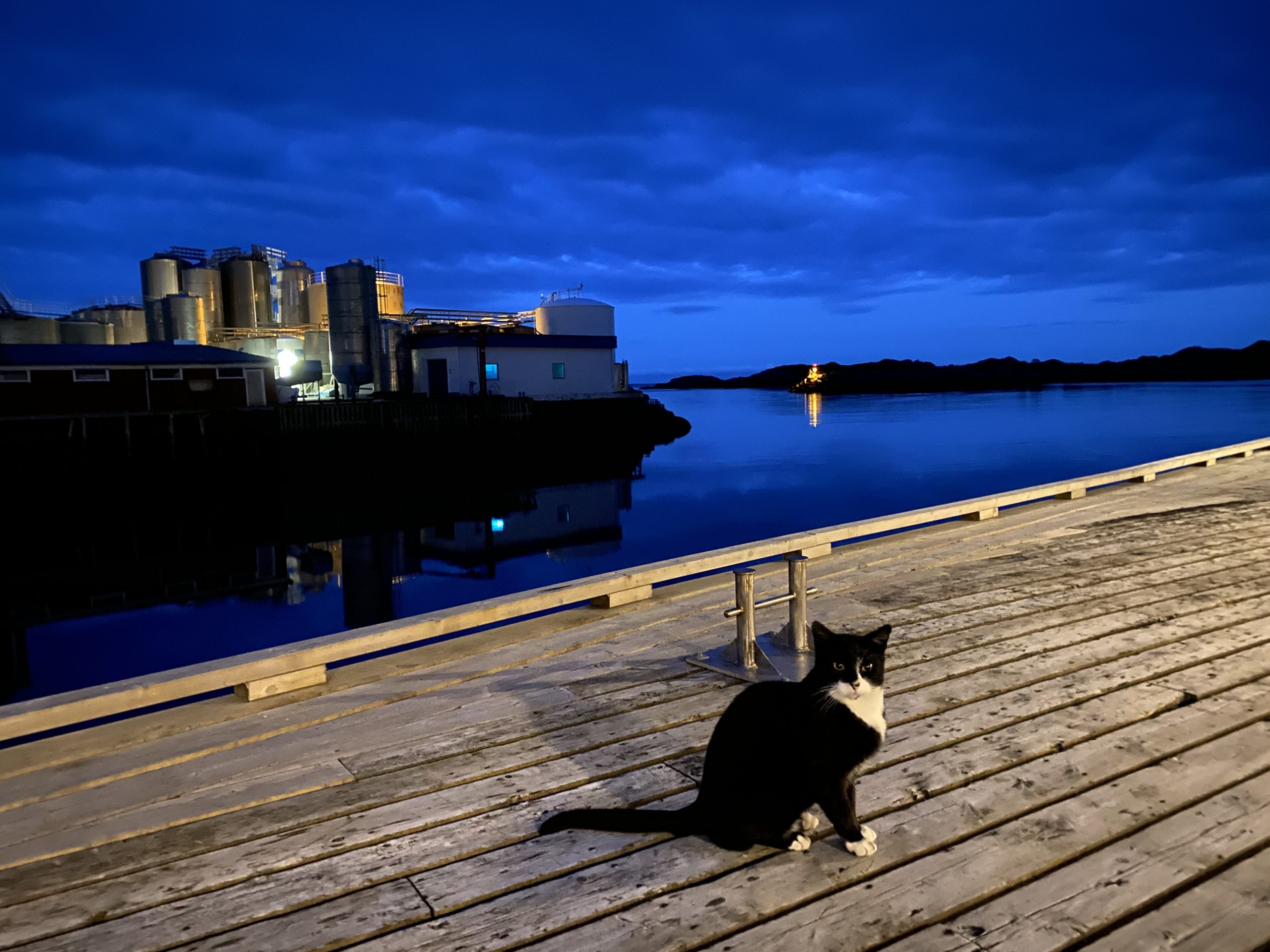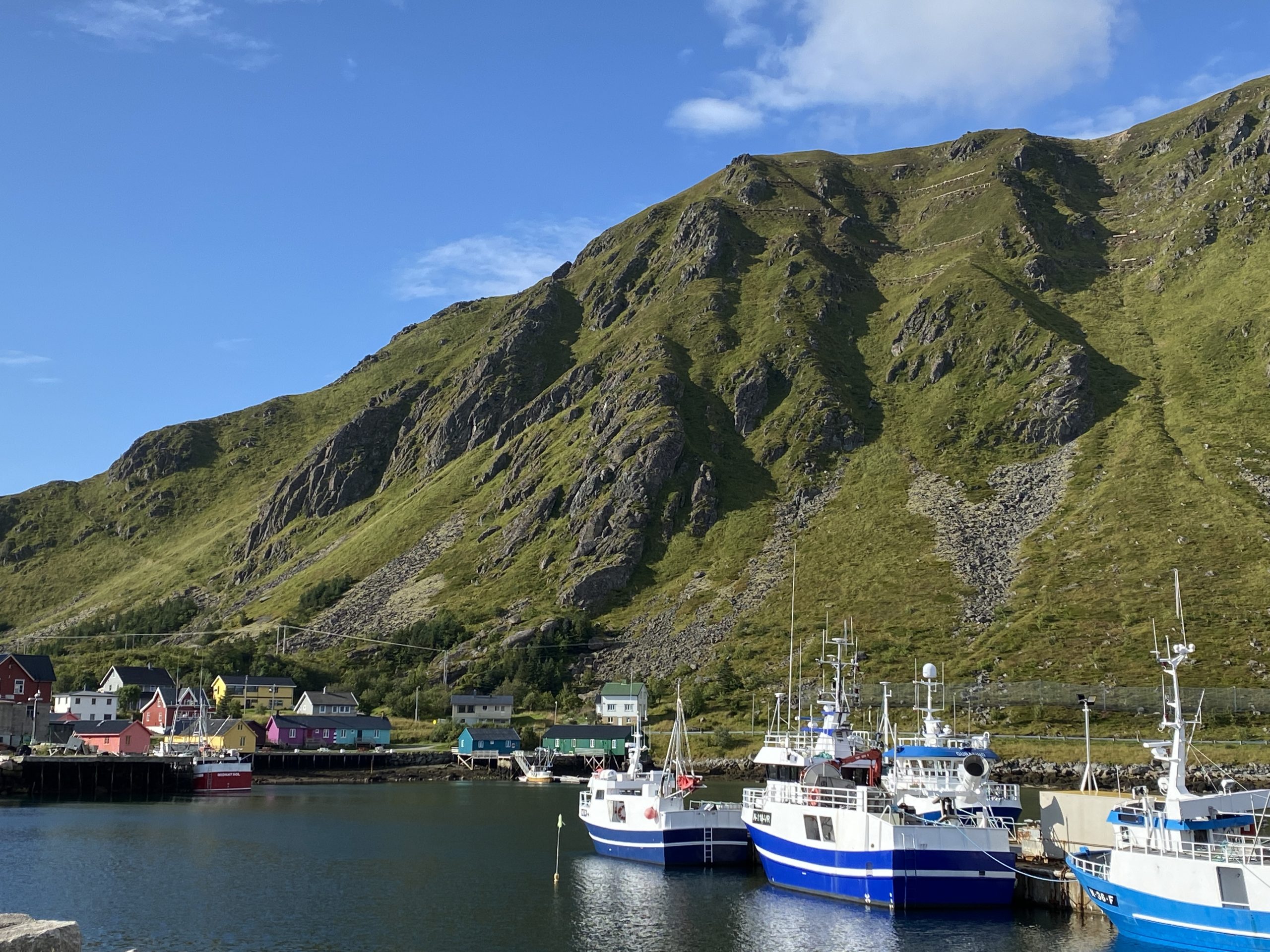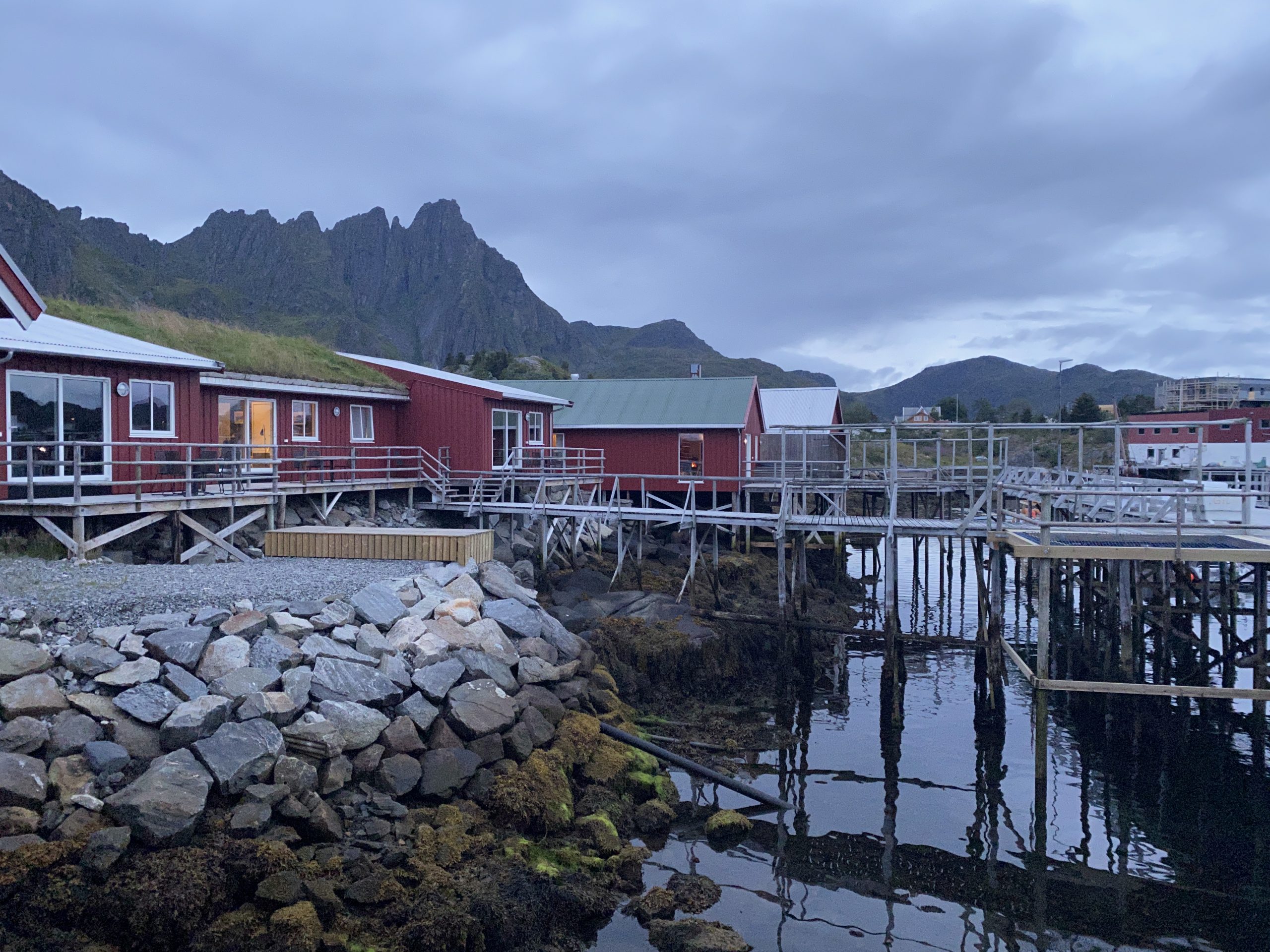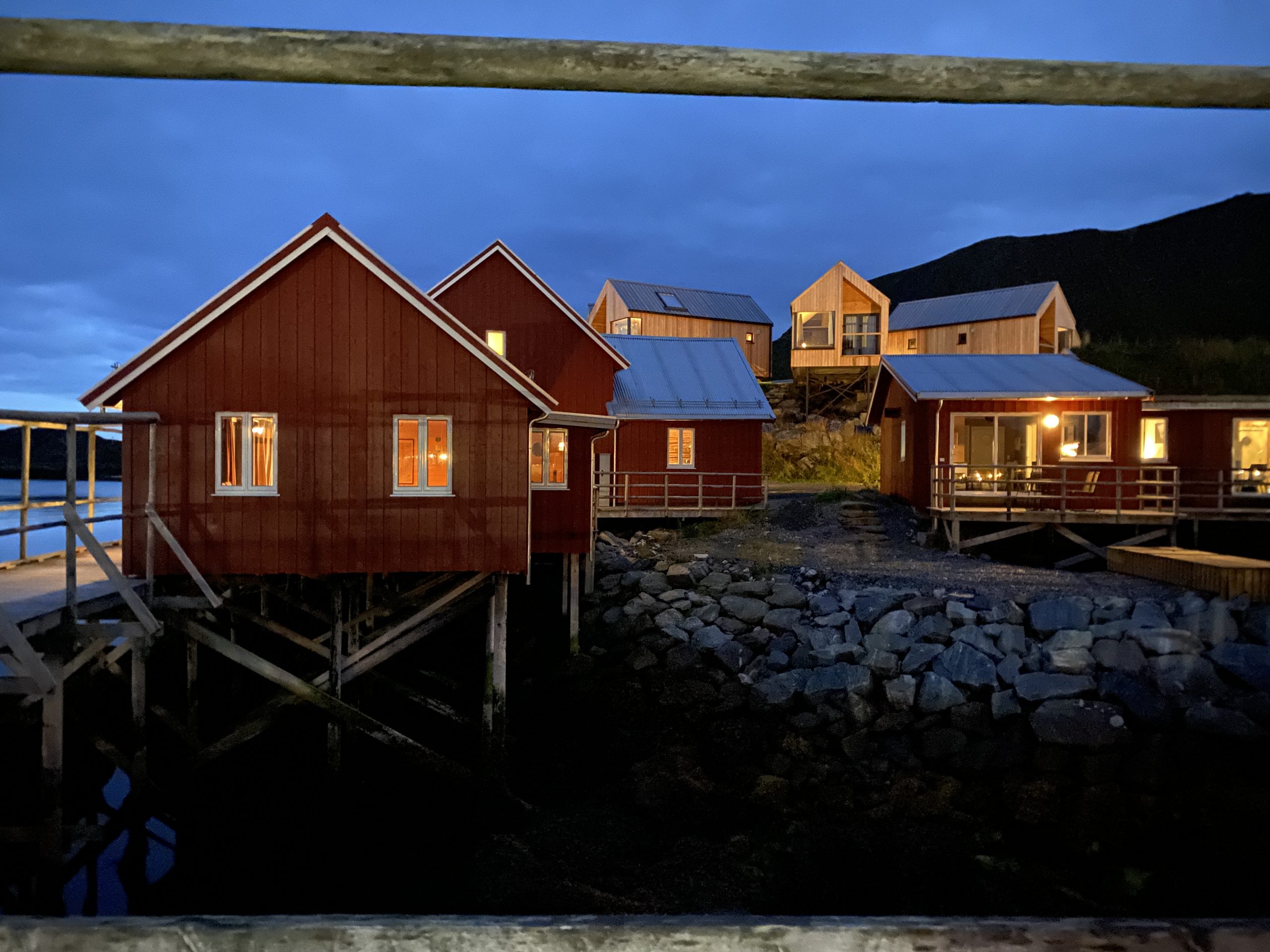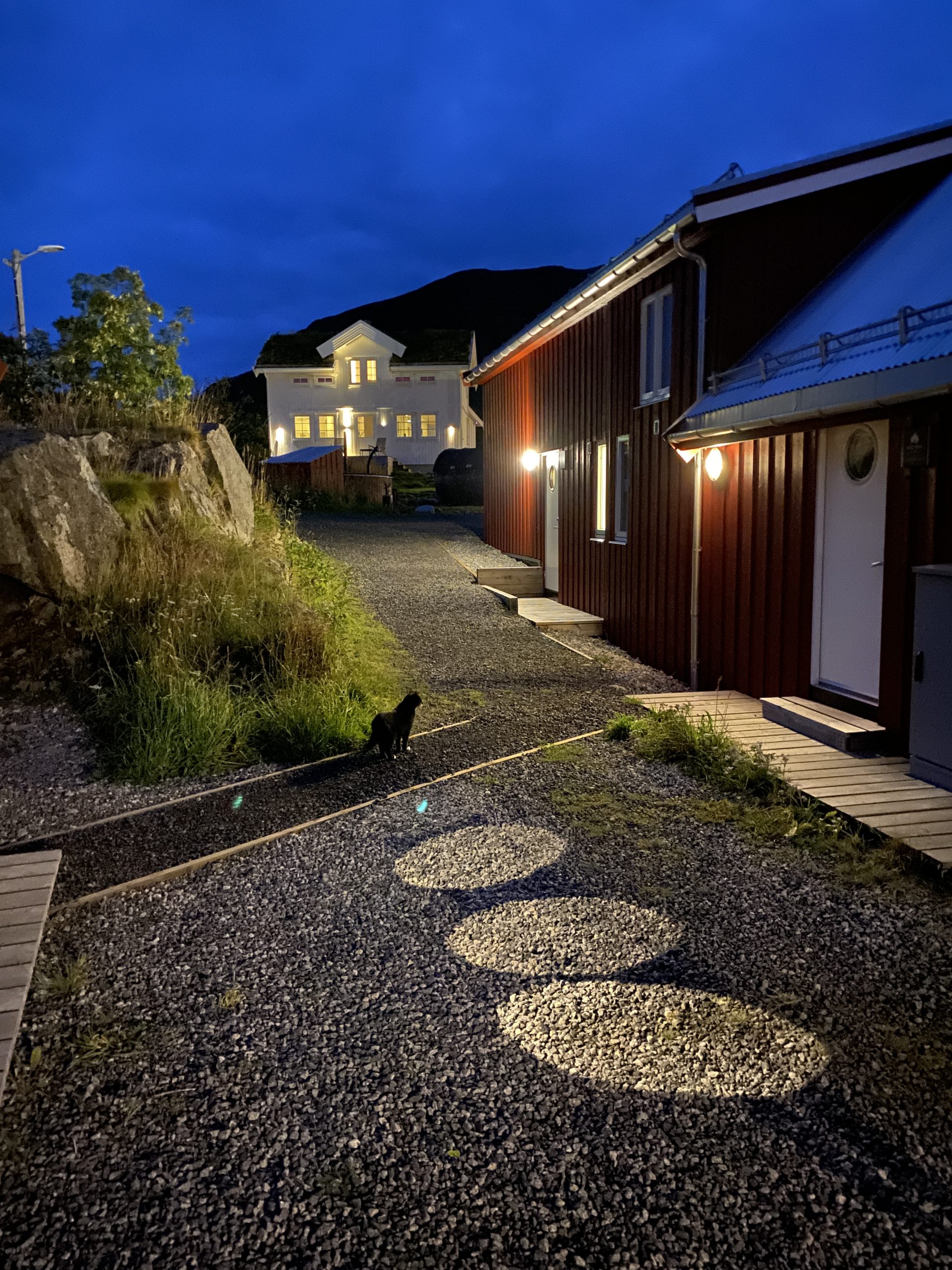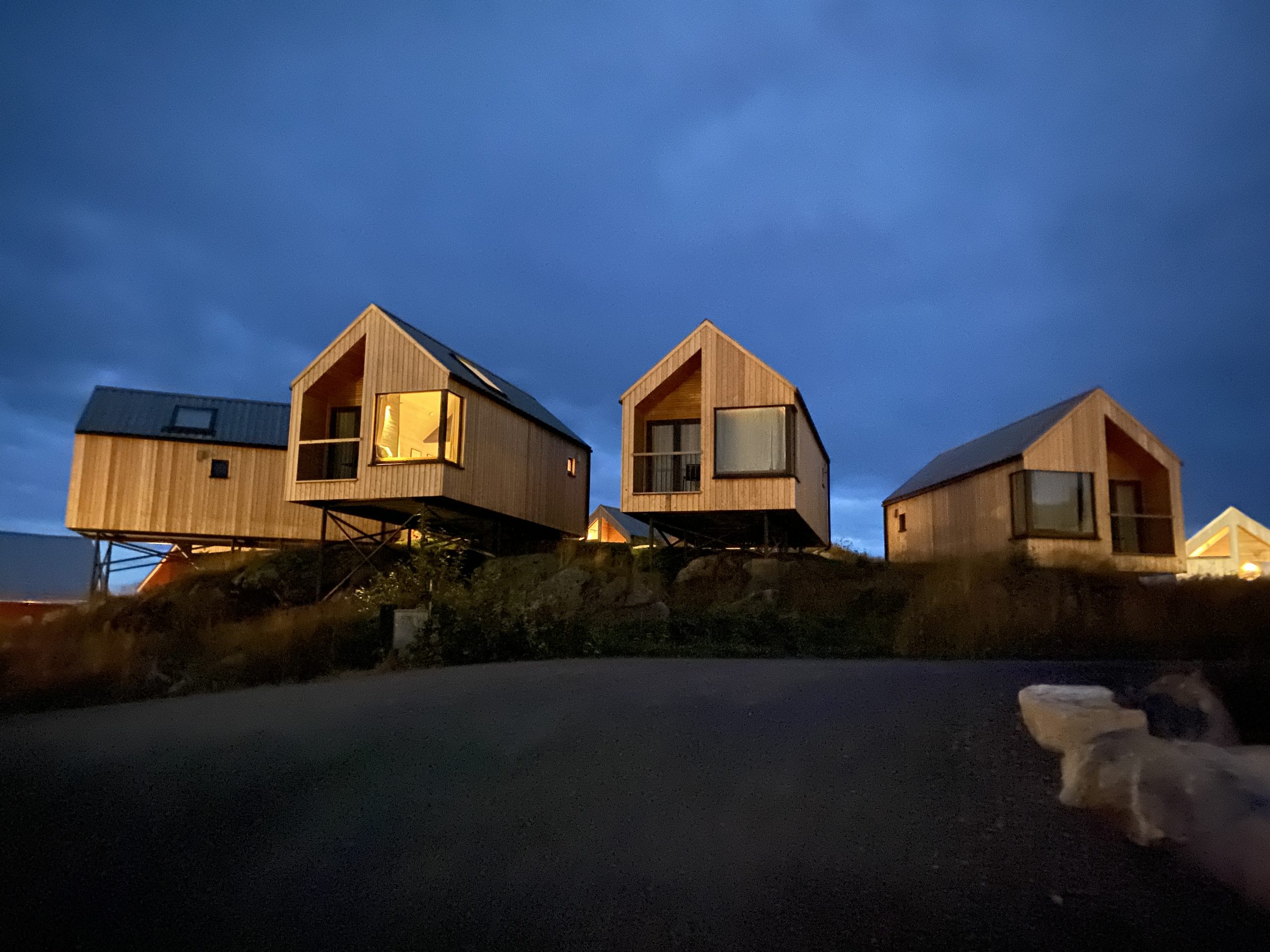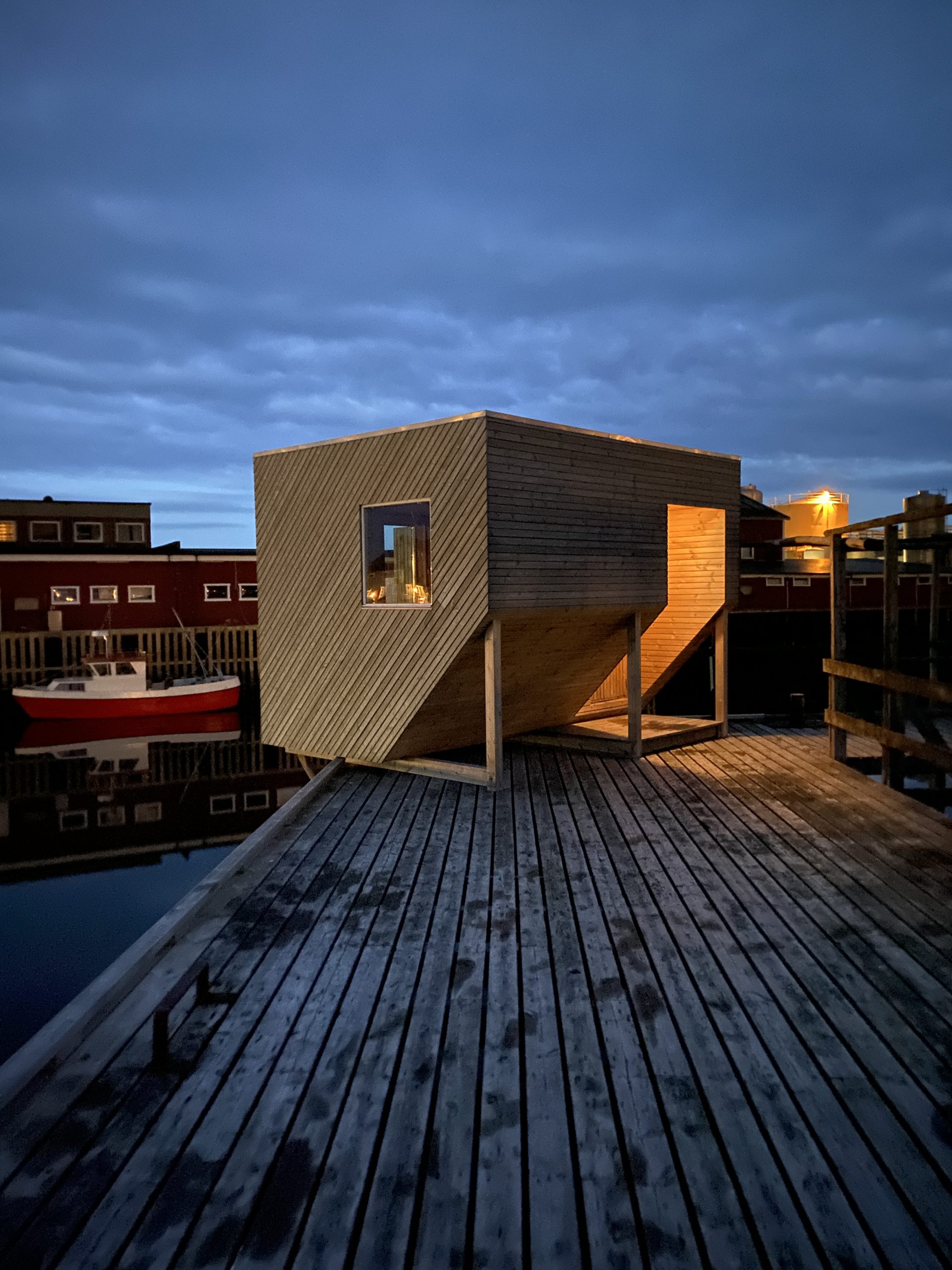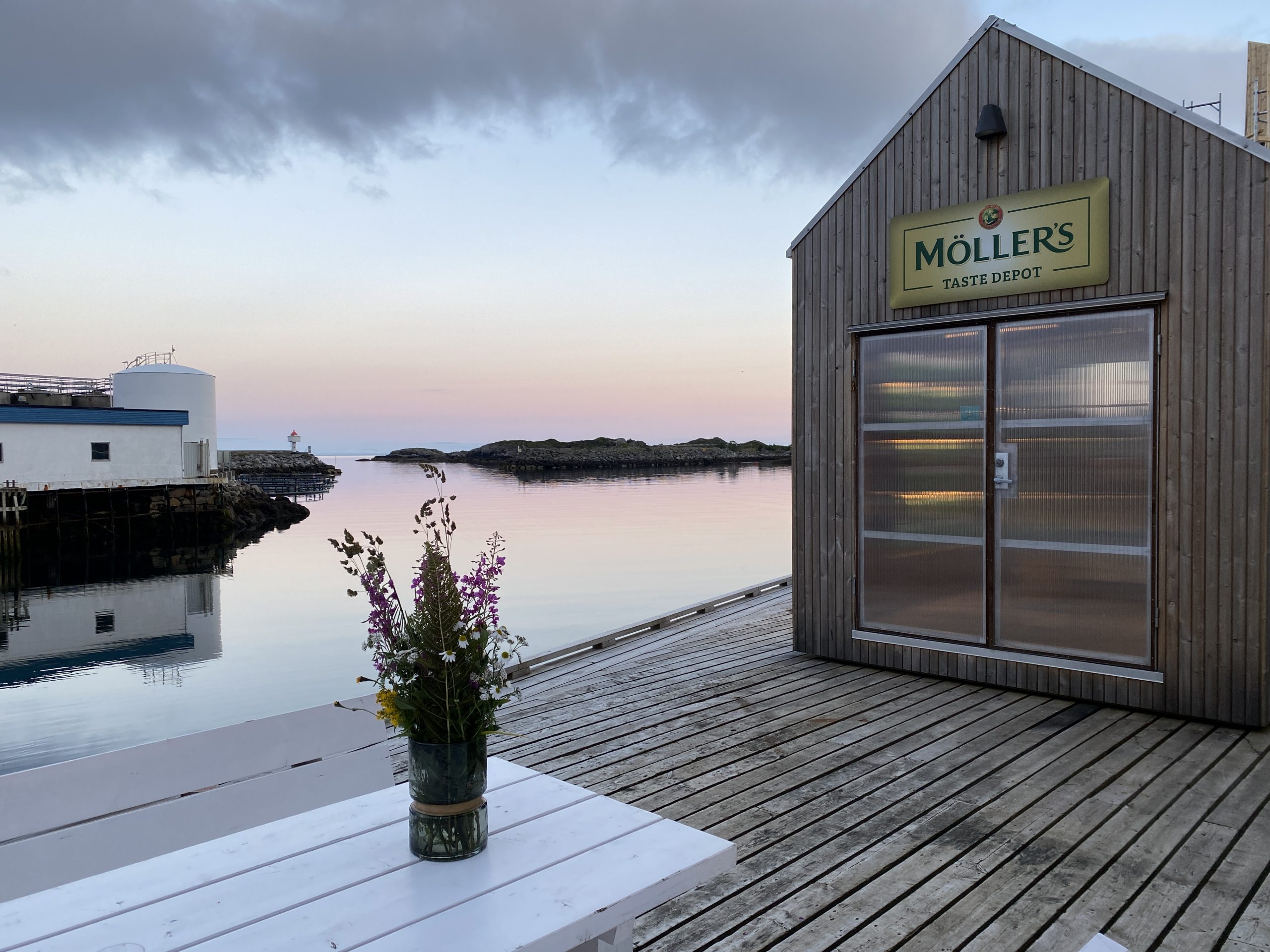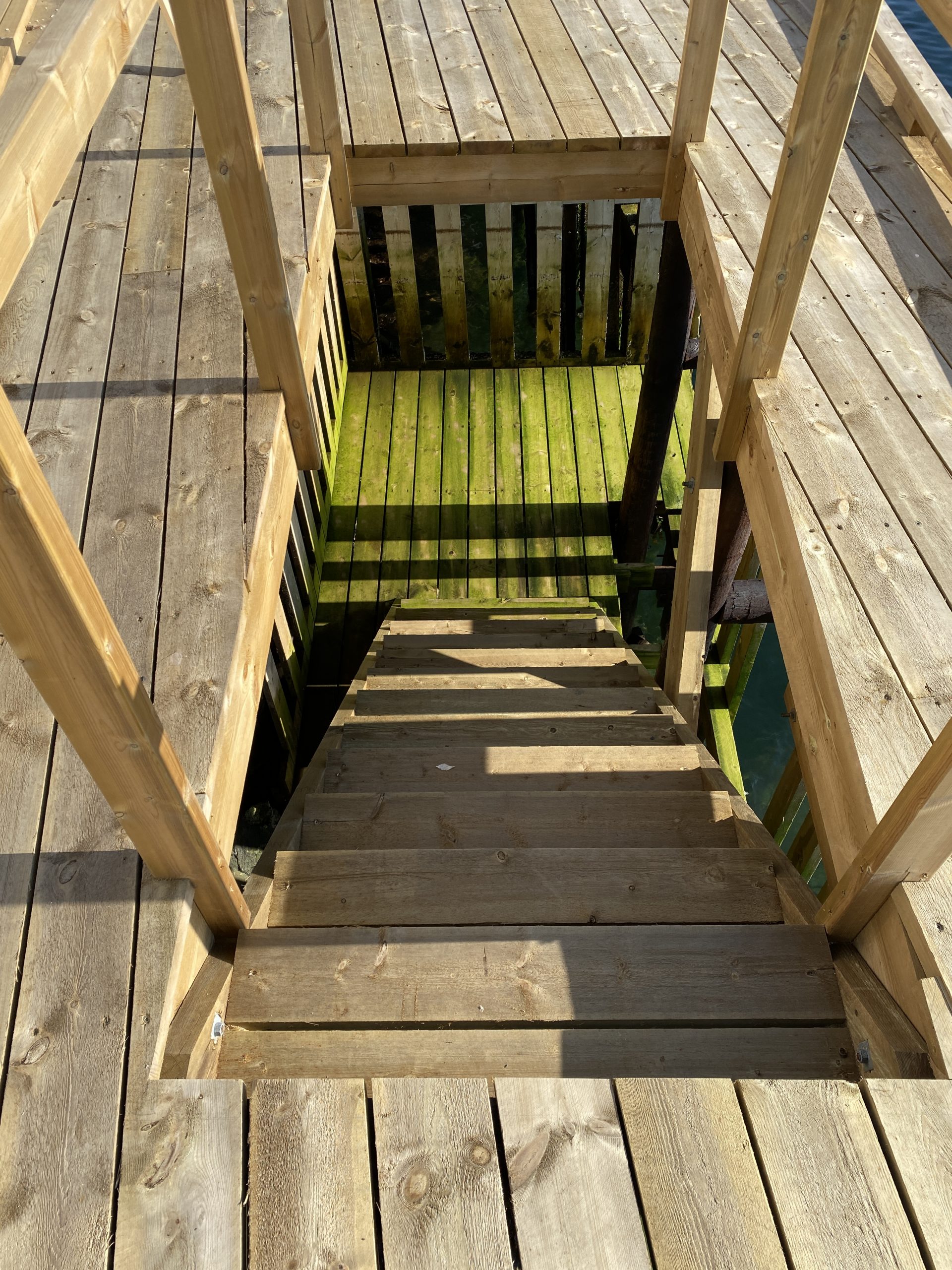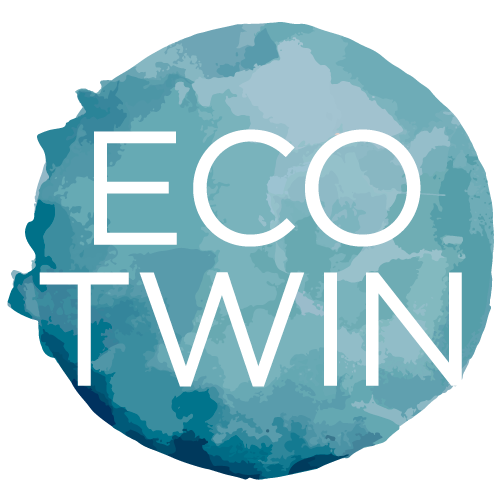
Hattvika Lodge: Conscious tourism in the heart of Lofoten islands
Sustainable, conscious tourism is more than ever important for travelers and hosts alike. This is especially the case, when the destination symbolizes nature in its purest form, as it does at Lofoten archipelago. The group of around 80 islands in the far north of Norway is famous for its steep mountains, crystal clear waters and red wooden fishing huts called ‘rorbu’ or ‘rorbuer’. For centuries, fishing has been the livelihood of the people of Lofoten islands. In particular, the cod fishery from mid-February to the end of April is among the largest seasonal fisheries worldwide. And even if the Lofoten islands are not yet as affected by overfishing as other regions in the world, the fishery as an industry is in decline. Instead, tourism is becoming more and more important and to such an extent in the summertime that some speak of ‘over-tourism’. Then, too many individual travelers are on the road with camping buses and tents, ignoring existing infrastructures and damaging nature and the environment. It doesn’t have to be this way.
Guri Jentoft and Kristian Bøe show that it can be done differently, even for individual travel. With their newly built Hattvika Lodge, they attract active and independent travelers while keeping the principles of sustainable tourism. Their lodge is an example of how a place with a long tradition and a large heritage in fishing heritage can be both preserved and transformed through a tourism concept.
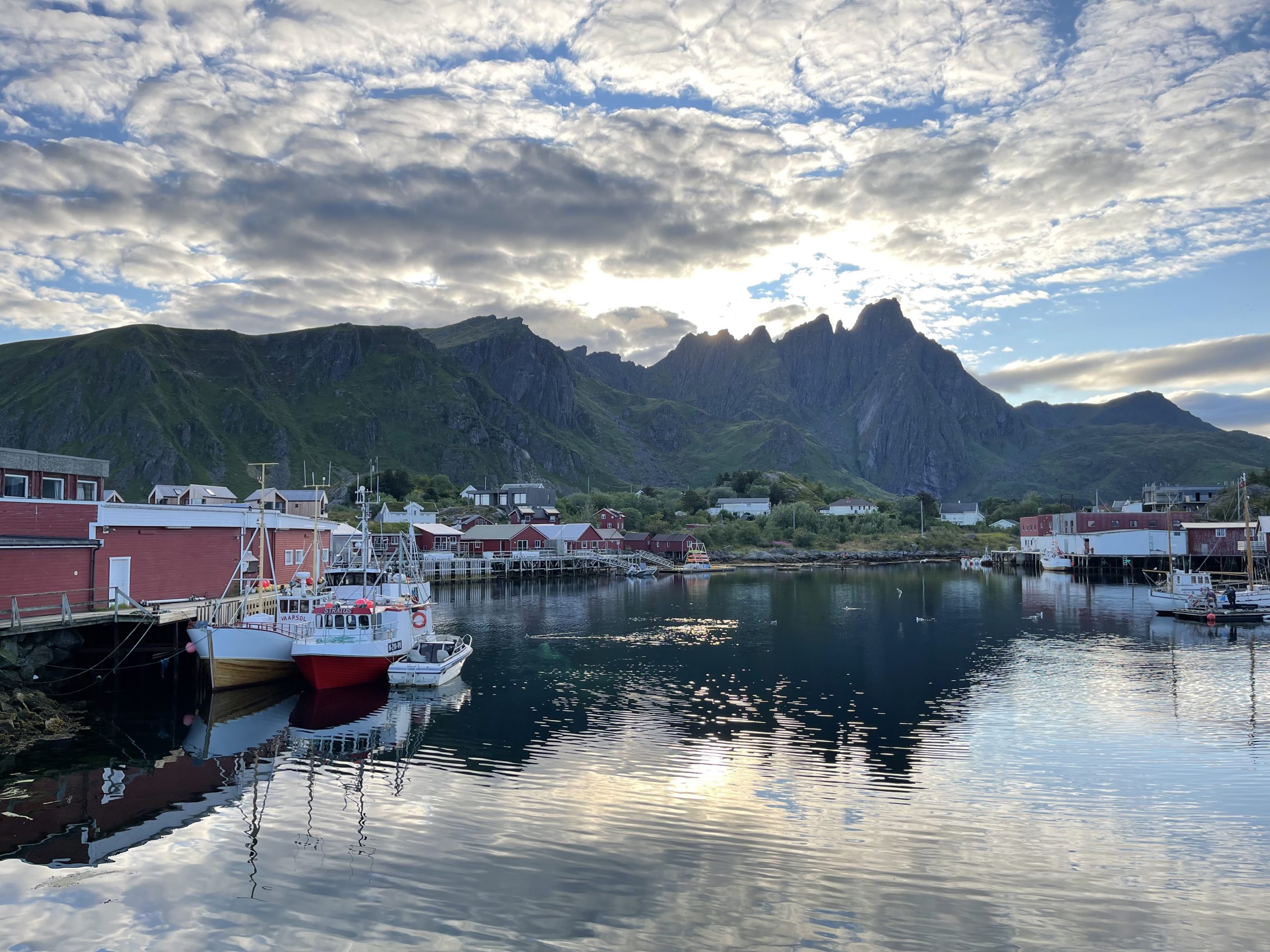
Der Hafen von Hattvika gehört zu Ballstad. Wenn Du vom Meer kommst, ist es die erste Hafeneinfahrt auf der rechten Seite.
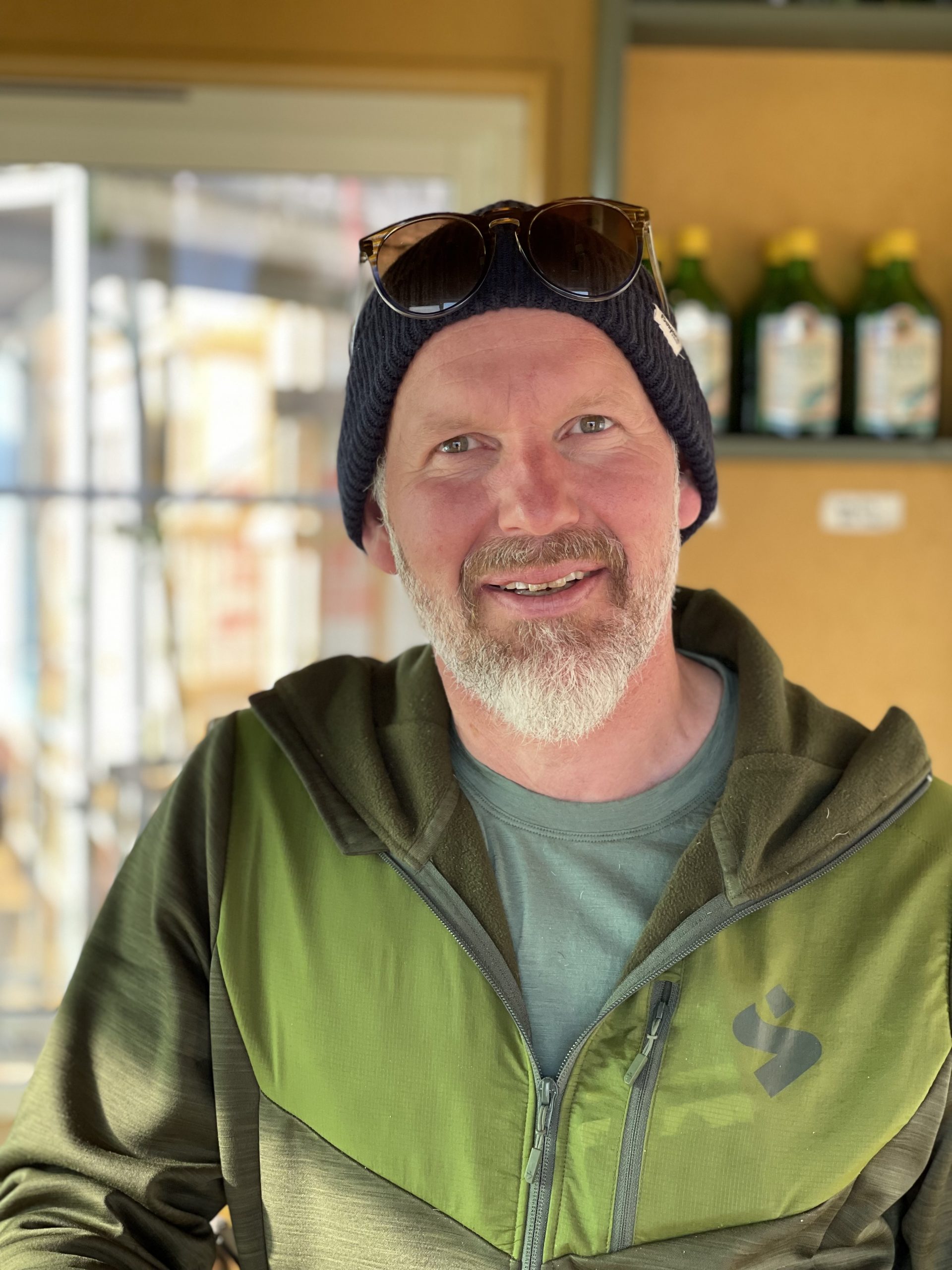
We talked to Kristian about the transformation and integration of tradition, modernity, nature, and sustainability.
Kristian was an IT entrepreneur in Oslo for 25 years and his wife Guri a management consultant when they decided to change their life completely. In 2017, they threw themselves in at the deep end by founding Hattvika Lodge, a start-up in tourism, which was at this time a business field in which neither of them had any experience. They left Oslo and moved to Ballstad on the Lofoten islands, a fishing town with a population of 1,124 in 2020, which not only has a long history of cod fishing but is also still one of the islands’ four active fishing towns. Kristian and Guri’s aim was to bring new life to a part of Ballstad where a handful of the typical Lofoten fishing cabins, the Rorbu, are situated overlooking the Hattvika Harbour but no longer inhabited. They decided to transform this area into a vibrant yet calm and private site where guests can have an active stay experiencing nature by hiking, skiing, kayaking or simply relaxing whilst enjoying and being in contact with the culture of the fishery
Kristian, leaving Oslo and good jobs to settle at Lofoten islands was a huge change in all respects. What was your vision, your motivation to do so?
First it was a dream, the idea of not spending our whole lives in the big city, but close to nature. Then it became more concrete. We wanted to give something back, to use and share the knowledge and expertise we’d gained in our jobs to do something, in our opinion, more meaningful. Then all this came together and formed the idea of what now is Hattvika Lodge. We already had a strong relationship to Lofoten islands, to Ballstadt. My wife Guri has a long family history in the area, she was born and raised here. The small fishing village Hattvika Harbour, which is located on a little island in front of Ballstad and connected with a bridge, has been in her family for six generations. So, we turned the vision into a mission and created a concept that is at the same time destination development, conservation of a place, and a rededication by offering tourists a unique experience, and the result was Hattvika Lodge. In our opinion, preserving and future-readiness go hand in hand. It was important for us to integrate the tradition of Ballstad and the heritage of the fishing industry and to blend these aspects with a modern lifestyle.

What is the tradition of the place Ballstad actually?
The fishery has a very long history at Lofoten islands, it dates back to the year 1000 AD or even earlier. Ballstad is among one of the very first fishing villages and has always played a central role in cod fishing. Nowadays, it is the largest fishing village of Lofoten islands, 90 of all 130 fishing vessels from Lofoten islands are based at Ballstad, together with a huge fishing industry that includes fish farms and a fish processing plant.
Hattvika harbour, where the lodge is situated, belongs to Ballstad. When you come from the sea, it’s the first harbour on the right. In Hattvika Harbour the fishing heritage goes back 150 years. Now, there’s only a handful of fishing boats left, going out regularly and also providing fishing tours for tourists. At the entrance of the harbour, opposite the lodge, at Hattvikholmen, you can find Möller’s cod liver oil factory. It’s the second-largest cod liver oil producer in the world, existing since 1852. These small buildings are the only factory worldwide, only four employees work here. And the capacity of the factory is 88 million bottles of pure Omega-3.
Just as typical as the fishing industry is for Northern Norway and especially for Lofoten, it is the fishermen’s cabins ‘rorbu’. Until the 1950s, during seasonal fishing, they were the shelter for fishermen who had so far slept under their upturned boats. The Rorbu are made of wood and stand on wooden poles in the water or in the rocks at the shoreline, to provide direct access to the boats. The paint for the red coat is based on cod liver oil that protects against the elements. Rorbu characterises the landscape of the Lofoten archipelago. Today they are no longer used as temporary lodging for fishermen but they are an important attraction for tourists. The growing demand for Rorbu as summer cottages exceeds the original stock of buildings and has led to many copies. Lookalike old fishing huts but newly built cabins, painted red and standing on poles..
What did you keep from that tradition and how did you make it future-ready?
We refurbished and softly rebuilt the Rorbu that were formerly used by fishermen like Guri’s grandfather. Some cabins have the name of the fisher who lived there before, every cabin has loads of stories to tell – and that’s what we do, whenever we are asked. Some of the Rorbu date back to the 1880s and we tried to preserve as much as possible. Wherever possible, we kept the wood and the beams from the buildings if they were not damaged, as well the infrastructure of poles and planks and even one grass roof of a Rorbu. We equipped the Rorbu with all comfort, WIFI, modern baths, cozy bedroom, and a kitchen with everything you need. Some fishing cabins are connected with small wooden docks that form a closed line to the harbourside. We kept that arrangement, added a sauna, benches, and tables where you can sit and meet with others. It’s a revitalization of a place that was no longer used.
Additionally, we’ve set up new hillside houses that softly adapt to the architecture of the Rorbu but do not imitate. As with the ‘Rorbu’, we used a pointed roof, wood, and also poles but made of steel so that the houses can stand on the hill. From a design perspective, they perfectly match but it was important for our understanding of bridging the gap between old and new that they do not look the same. Now we have true integration, both styles exist and form a unit. All houses have a view of the harbor, you can always follow the harbor life and the daily routines, if not by watching the fishing boats come and go, then watching and listening to the seagulls. The history of the place is visible and tangible everywhere at Hattvika Lodge.
How do you integrate the fishing tradition into your vision of a touristic destination? It must be difficult especially when catches are directly processed in Ballstad and not for private consumption?
We are building a restaurant, the working title is “fishing factory”, that will open in autumn 2021. The whole restaurant is a tribute to the sea and the fishery. The hall is wide, with large windows and a view of the harbor entry and the incoming fishing boats. For the restaurant, we constructed a built-in fisherman landing zone for fresh fish. The local fisherman stops his boat directly at the kitchen and brings the fresh catch of the day straight to our head chef. Just a ladder separates the boat from the kitchen. We dedicated a part of the kitchen only for the preparation of the fish. It is open and you can watch the preparation of the fish that you’ve chosen as your dish of the day. We are very pleased that the construction has worked out so well and that we were abl to implement what we have envisioned. It has always been a crucial part of the vision and the idea of Hattvika Lodge, to keep the awareness of the fishing tradition alive.
And at Hattvika Lodge you can find the only existing cod liver oil tasting station. This builds a bridge between the factory on the other side of the harbor, at which you look, and the sensual experience when you taste the cod liver oil. Some of our visitors remember their childhood when a spoonful of cod liver belonged to their daily routines. But we still do it today, I’m a huge promoter of the healthy aspects of cod liver.
You support local business, develop and transform a more or less inactive area, promote a conscious lifestyle within nature without damaging the environment. These are all important aspects of sustainable and conscious tourism. But at Lofoten islands except fish nearly everything that is fresh, from salads to vegetables, has to be imported and most of it comes wrapped in plastic or in another form of packaging. How do you reconcile with the apparently unreachable goal of going zero waste?
Waste is indeed a huge problem, especially plastic waste. At Lofoten archipelago we can’t grow vegetables on the rocky ground, the delivery routes for fresh food are long. That makes some kind of packaging inevitable. At Hattvika Lodge we already try to avoid single use plastic whenever and wherever possible. One of the first things we mention when a guest arrives is that we provide a water station outside and that one can and should use tap water inside the houses. The water is super fresh and clear, it’s the best you can do to avoid carrying and drinking from plastic water bottles. We also have re-usable bottles at Hattvika that we provide. Then we have a waste management system and divide plastics, aluminium, paper, bottles and residual waste. But still the amount of plastic waste outnumbers other types of waste by four times.
It will be different when it comes to fish in our restaurant. There, we will apply the principle of fin-to-gill eating by using as much as possible and edible from the fish. We definitely want to bring the experience of eating fish to a new level by maintaining our standard of consciousness and avoiding waste. We will cook with as many locally produced products as possible, like spices and ingredients made by ocean farming such as seaweed.
What we don’t have to worry about is energy. At Lofoten there is renewable energy, it comes from water power.
Hattvika Lodge as place for accomodation and the restaurant express a unit and already a future-oriented new face of Hattvika harbour. Will the process of transformation end after the opening of the restaurant?
The developing and transformation of the site into an area where we bring together old and new will slowly fade out with the opening of the restaurant, yes. But I think we will never stand still. There are still so many ideas left, new and old dreams, to bring to life and show that Hattvika Lodge is an example of conscious, sustainable tourism in harmony with nature.
